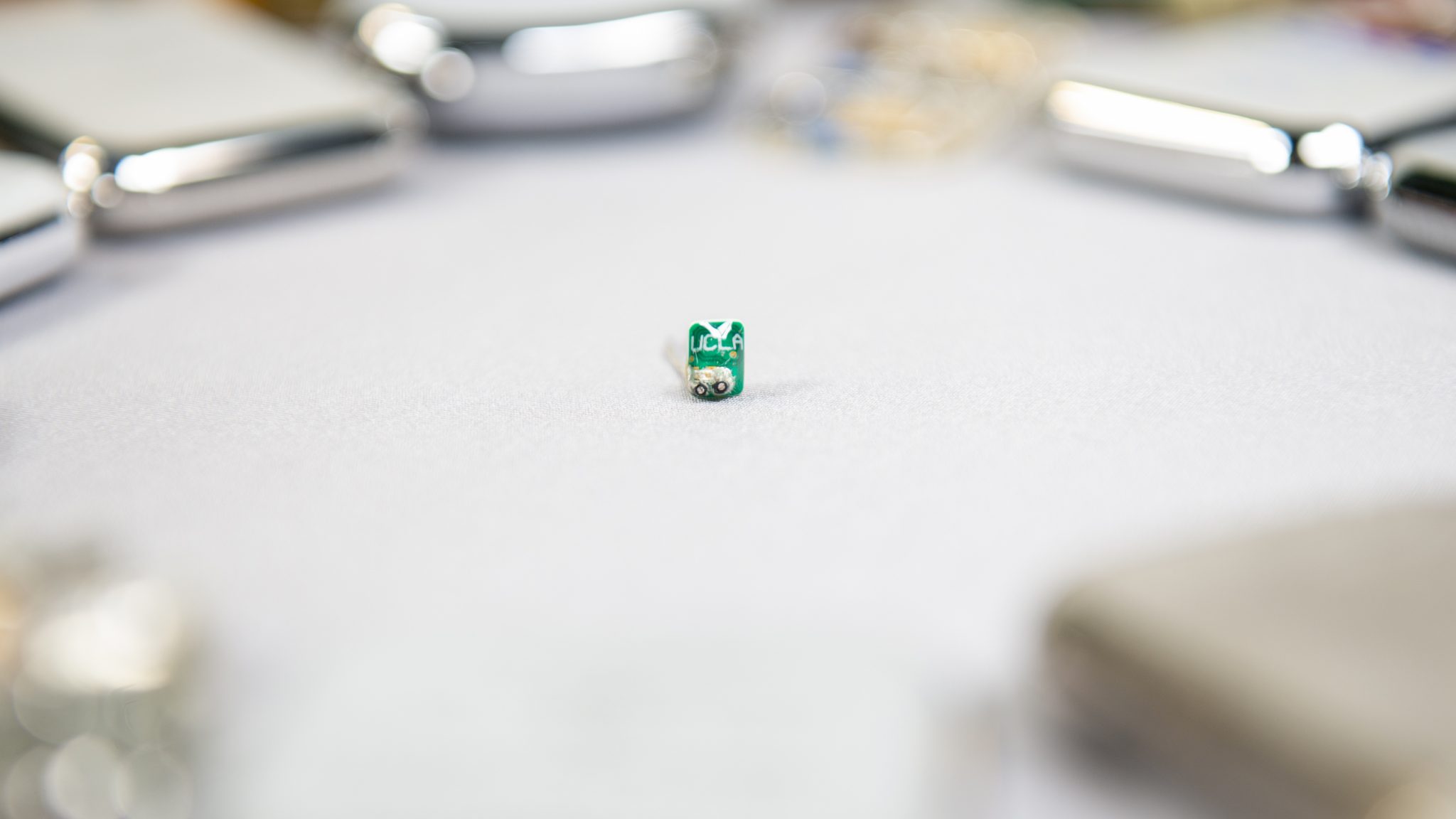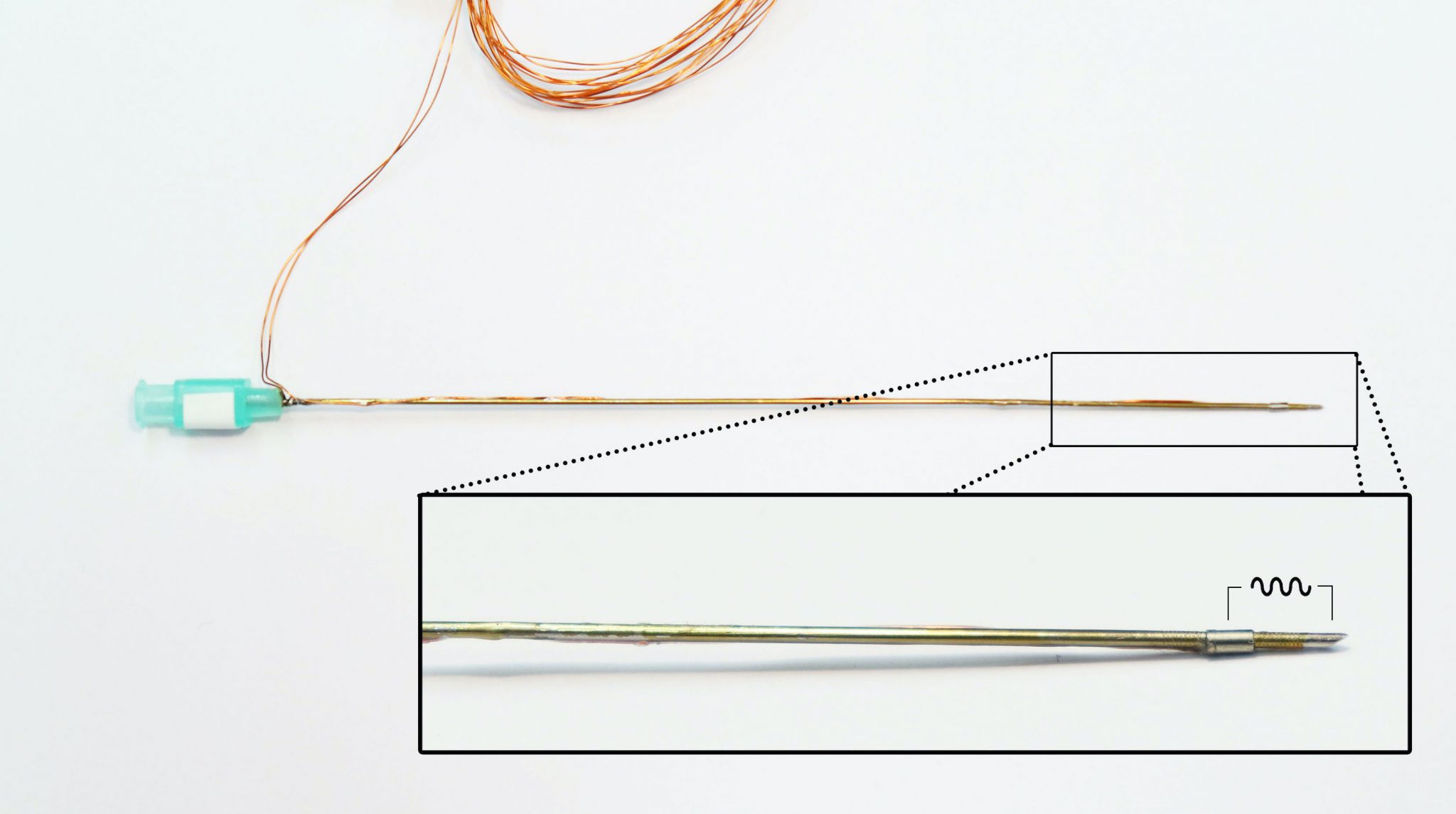Doctors and engineers tackle two major challenges in heart care

In these challenging times, innovative ideas are needed more than ever.
An article about Dr. Mehdi Razavi and the Electrophysiology Clinical Research & Innovations (EPCRI) team appeared in the May 2020 issue of Tech Briefs magazine. The article featured the Texas Heart Institute and University of California’s wirelessly powered, lead-less pacemaker that could give doctors a new therapeutic option for treating patients with conditions such as heart failure. The team was also invited to enter this technology in the annual “Create the Future” Design Contest.
For the past 18 years, “Create the Future” has been the premier engineering design competition and has proven to be an excellent opportunity for labs, universities, and companies of all backgrounds to reach new potential partners and licensees. Hundreds of thousands of technical professionals and executives visit the contest website annually. Since its inception, the contest has attracted over 15,000 entries from over 100 countries. Many of these technologies have been put to practical use, improving the economy, environment, quality of life, and public health and safety.
The EPCRI team submitted two contest entries in the Medical Category: A Chip Off the Old Box: Painless Defibrillation and A Genius Needle for Safe Vascular Access .
Visit the Create the Future Contest website to learn more and cast your vote.
Lyu, H., John, M., Burkland, D. et al. Synchronized Biventricular Heart Pacing in a Closed-chest Porcine Model based on Wirelessly Powered Leadless Pacemakers. Sci Rep10, 2067 (2020). https://doi.org/10.1038/s41598-020-59017-z
Lyu H, John M, Burkland D, et al. Leadless multisite pacing: A feasibility study using wireless power transfer based on Langendorff rodent heart models. J Cardiovasc Electrophysiol. 2018;29:1588-1593. doi.org/10.1111/jce.13738

Burkland DA, Ganapathy AV, John M, et al. Near-field impedance accurately distinguishes among pericardial, intracavitary, and anterior mediastinal position. J Cardiovasc Electrophysiol. 2017;28(12):1492-1499. doi:10.1111/jce.13325
John, M., Post, A., Burkland, D. A., Greet, B. D., Chaisson, J., Heberton, G. A., M. Saeed, Rasekh, A, Razavi, M. (2020). Confirming pericardial access by using impedance measurements from a micropuncture needle. Pacing and Clinical Electrophysiology, 43(6), 593-601. doi:10.1111/pace.13927




